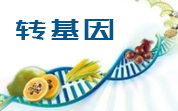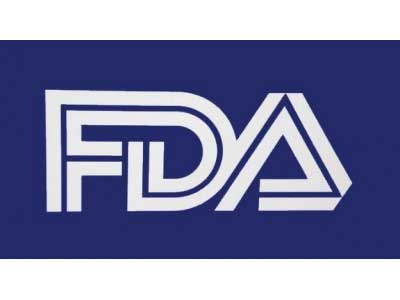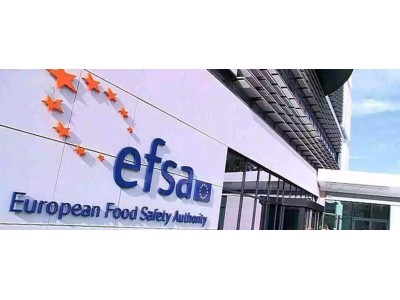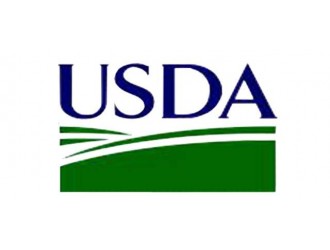сђђсђђТа╣ТЇ«ТгДуЏЪтДћтЉўС╝џугг396/2005тЈиТ│ЋУДёугг12уФа№╝їТгДуЏЪжБЪтЊЂт«ЅтЁет▒ђт«АТЪЦС║єС║їтЎ╗тєюуџёТюђтцДТ«ІуЋЎжЎљжЄЈсђѓТа╣ТЇ«т»╣уј░ТюЅТЋ░ТЇ«уџёУ»ёС╝░№╝їТЈљтЄ║С║єMRLТЈљТАѕ№╝їт╣ХУ┐ЏУАїС║єТХѕУ┤╣УђЁжБјжЎЕУ»ёС╝░сђѓУЎйуёХТ▓АТюЅтЈЉуј░т»╣ТХѕУ┤╣УђЁуџёТўјТўЙжБјжЎЕ№╝їСйєу╝║т░ЉуЏЉу«АТАєТъХУдЂТ▒ѓуџёСИђС║ЏС┐АТЂ»сђѓуЅ╣тѕФУдЂт╝║У░ЃуџёТў»№╝їС╗БУ░буЅЕ1№╝?-УљўжєїуџёТ»њуљєтГдтЈѓУђЃтђ╝С╗ЁТў»СИ┤ТЌХуџё№╝їТюЅтЙЁт»╣ТйютюеУЄ┤уфЂтЈўТђДтЂџтЄ║у╗ЊУ«║сђѓтЏаТГц№╝їТХѕУ┤╣УђЁжБјжЎЕУ»ёС╝░С╗ЁУбФУ«цСИ║Тў»ТїЄуц║ТђДуџё№╝їEFSAТЈљтЄ║уџёСИђС║ЏMRLт╗║У««С╗ЇжюђжБјжЎЕу«АуљєУђЁУ┐ЏСИђТГЦУђЃУЎЉсђѓжЃетѕєтјЪТќЄТіЦжЂЊтдѓСИІ№╝џ
сђђсђђAccording to Article 12 of Regulation (EC) No 396/2005, EFSA has reviewed the maximum residue levels (MRLs) currently established at European level for the pesticide dithianon. To assess the occurrence of dithianon residues in plants, processed commodities, rotatio
nal crops and livestock, EFSA co
nsidered the co
nclusions derived in the f
ramework of Commission Regulation (EC) No 33/2008, the MRLs established by the Codex Alimentarius Commission as well as the European authorisations reported by Member States and the UK, including the supporting residues data. Given that a data gap as regards the magnitude of residues of the me
tabolites 1,4-naphthoquinone and phthalic acid was identified in the peer review for dithianon in light of co
nfirmatory data, the toxicological profile of these me
tabolites was also assessed in the f
ramework of the Article 12 MRL review. ba
sed on the assessment of the available data, MRL proposals were derived and a co
nsumer risk assessment was carried out. Although no apparent risk to co
nsumers was identified, some information required by the regulatory f
ramework was missing. In particular, it is highlighted that the toxicological reference values derived for the me
tabolite 1,4-naphthoquinone are provisio
nal only, pending a co
nclusion on the mutagenicity potential. Hence, the co
nsumer risk assessment is co
nsidered indicative o
nly and some MRL proposals derived by EFSA still require further co
nsideration by risk managers.
сђђсђђ
ТюгТќЄућ▒жБЪтЊЂС╝ЎС╝┤уйЉжБЪтЊЂУхёУ«»СИГт┐Ѓу╝ќУЙЉ№╝їТюЅС╗╗СйЋуќЉжЌ«№╝їУ»иУЂћу│╗news@www.sqrdapp.comсђЂЧ/span>











 тю░тї║№╝ЎЧ/font>
тю░тї║№╝ЎЧ/font>

 ТгДуЏЪУ»ёС╝░УйгтЪ║тЏаујЅу▒│MO
ТгДуЏЪУ»ёС╝░УйгтЪ║тЏаујЅу▒│MO
 ТгДуЏЪУ»ёС╝░СИђуДЇж║дУійу│ќТиђ
ТгДуЏЪУ»ёС╝░СИђуДЇж║дУійу│ќТиђ уЙјтЏйТІЪТњцжћђУІЦт╣▓УѓЅу▒╗тЈЅЧ/a>
уЙјтЏйТІЪТњцжћђУІЦт╣▓УѓЅу▒╗тЈЅЧ/a> ж▓ЂтЁгуйЉт«Ѕтц 37060202000128тЈХЧ/a>
ж▓ЂтЁгуйЉт«Ѕтц 37060202000128тЈХЧ/a>



